Most of us Nature Geeks, certainly anyone who grew up watching Marlin Perkins (Mutual of Omaha’s Wild Kingdom) or Steve Irwin (The Crocodile Hunter) or, more recently, Jeff Corwin, know that the biotic and abiotic factors in any ecosystem are intricately interwoven to strike a fine balance. Species are so interdependent that any change in the numbers of one member of a community will likely impact the abundance of another; a dramatic loss or gain in any essential minerals, sunlight, or moisture can have similar effects. Throw invasive species into an ecosystem, and all of the usual dynamics of the food web can become dreadfully out of whack quickly. There are countless examples, just right here in our own region of the Chesapeake Bay, of the dire ecological consequences when a non-native organism is introduced into a system where it does not belong. Some of the better known include a few wildlife management success stories:
- MUTE SWAN — The largest bird in the Bay region, Mutes are twice the size of a Canada Goose. Unlike our native Tundra Swans, Mutes, a Eurasian
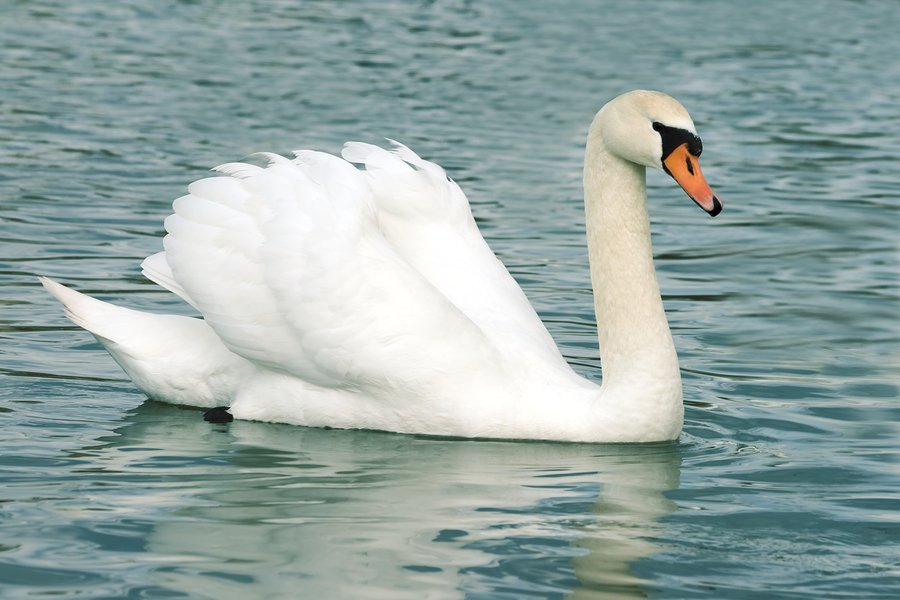 species, do NOT migrate; they stay put year-round and eat enormous quantities of SAV’s (submerged aquatic vegetation), consuming upwards of 8 pounds a day and pulling most of it up, roots and all. Mutes first appeared on the Bay in 1962, when a small group of them escaped from an estate on the Eastern Shore. From these five individuals, the population exploded to roughly 4000 swans by the late 1990’s. When the DNR stepped in and tried to take steps to limit the out-of-control population growth, they were met with vehement opposition. After all, the Mute is a truly elegant species and, in fact, the national bird of Denmark. It took several years of town-hall meetings, government task forces, and the endorsement of several major conservation groups to finally convince most Maryland residents that something needed to be done, but how to do it as humanely as possible was the next issue. Several techniques were employed, but the primary one was for biologists to locate nests and ‘addle’ the eggs by spraying them with vegetable oil, which deprives the embryo of oxygen so the egg doesn’t hatch. In just a decade, the number of Mutes on the Chesapeake Bay dropped over 80% (and continues to decline); SAV’s are slowly rebounding, partly as a result of these efforts.
species, do NOT migrate; they stay put year-round and eat enormous quantities of SAV’s (submerged aquatic vegetation), consuming upwards of 8 pounds a day and pulling most of it up, roots and all. Mutes first appeared on the Bay in 1962, when a small group of them escaped from an estate on the Eastern Shore. From these five individuals, the population exploded to roughly 4000 swans by the late 1990’s. When the DNR stepped in and tried to take steps to limit the out-of-control population growth, they were met with vehement opposition. After all, the Mute is a truly elegant species and, in fact, the national bird of Denmark. It took several years of town-hall meetings, government task forces, and the endorsement of several major conservation groups to finally convince most Maryland residents that something needed to be done, but how to do it as humanely as possible was the next issue. Several techniques were employed, but the primary one was for biologists to locate nests and ‘addle’ the eggs by spraying them with vegetable oil, which deprives the embryo of oxygen so the egg doesn’t hatch. In just a decade, the number of Mutes on the Chesapeake Bay dropped over 80% (and continues to decline); SAV’s are slowly rebounding, partly as a result of these efforts.
- NUTRIA — A South American semi-aquatic rodent, much like an enormous Muskrat, the Nutria has a thick lush pelt. Like many invasives, the species was actually brought to the U.S. intentionally sometime in the late 1800’s or early 1900’s and farmed for its fur. However, when the market for furs dried up
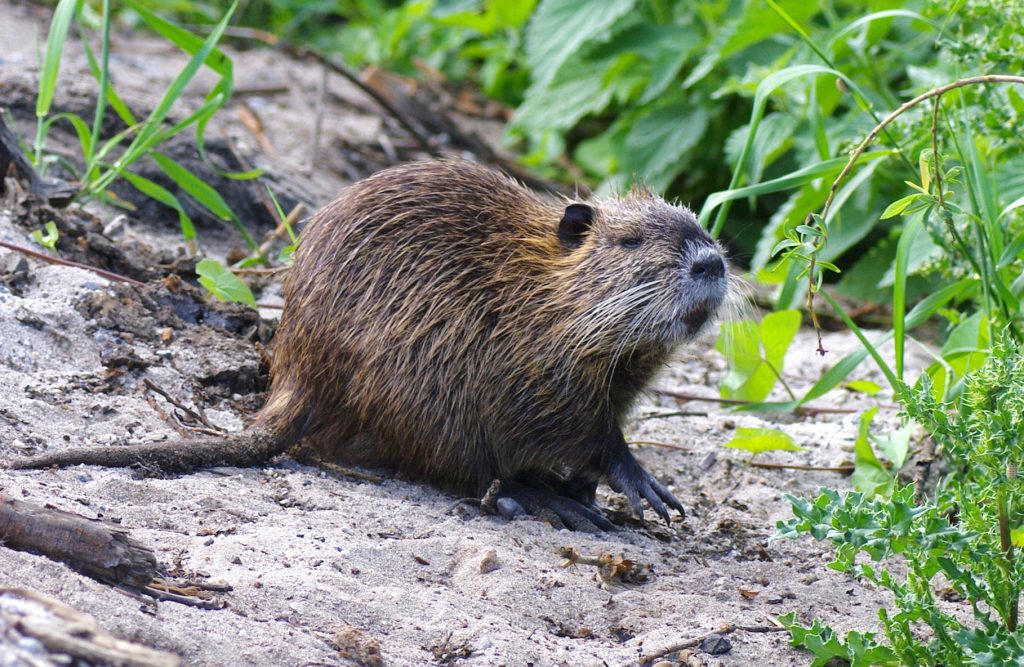 during World War II, some farmers simply let their animals go. Like most rodents, Nutria breed prolifically; one female can give birth to 15-20 pups per year. It took only a few decades for the species to become well-established in almost all of our coastal states. By 2000, the Chesapeake Bay region had become one of the species’ three major strongholds in the U.S. Only in the Pacific Northwest and in Texas/Louisiana had the Nutria population outpaced that of Maryland, where the population topped 14,000. As Nutria dine voraciously on roots, rhizomes, and young shoots of marsh vegetation, they quickly damage the stability of the marsh floor and create major erosion problems. The damage got so bad at Blackwater National Wildlife Refuge, near Cambridge, MD, that the refuge lost 1/4 of its marshland and biologists feared the remaining 20,000 acres of tidal marsh would never recover, if eradication did not begin immediately. As a result, beginning in 2002, the DNR implemented major steps to eliminate Nutria from the Delmarva Peninsula; that goal appears close to being achieved.
during World War II, some farmers simply let their animals go. Like most rodents, Nutria breed prolifically; one female can give birth to 15-20 pups per year. It took only a few decades for the species to become well-established in almost all of our coastal states. By 2000, the Chesapeake Bay region had become one of the species’ three major strongholds in the U.S. Only in the Pacific Northwest and in Texas/Louisiana had the Nutria population outpaced that of Maryland, where the population topped 14,000. As Nutria dine voraciously on roots, rhizomes, and young shoots of marsh vegetation, they quickly damage the stability of the marsh floor and create major erosion problems. The damage got so bad at Blackwater National Wildlife Refuge, near Cambridge, MD, that the refuge lost 1/4 of its marshland and biologists feared the remaining 20,000 acres of tidal marsh would never recover, if eradication did not begin immediately. As a result, beginning in 2002, the DNR implemented major steps to eliminate Nutria from the Delmarva Peninsula; that goal appears close to being achieved.
Unfortunately, the stories behind other invasive species (like the Gypsy Moth, which deoliates over a million acres of oak forests in our country annually, and the European Starling, which wasn’t introduced until the 1890’s and is now America’s most numerous bird species) are tales of enormous amounts of time, effort, and resources being utilized to barely make a dent in the population. Other invasive stories are just beginning and the verdict is still out on how they will end. For instance:
- Northern Snakehead — The media went wild with stories of ‘Frankenfish’ when the very first Snakehead showed up in the U.S. in 2002–and it was right in our own backyard, in a pond in Crofton, MD! A species native to China, the Northern Snakehead is a top predator (with many dagger-sharp teeth; it’s a nasty-looking fish!) that is particularly dangerous because it has an unusual respiratory system that allows it to breath either aquatically or aerially. In other
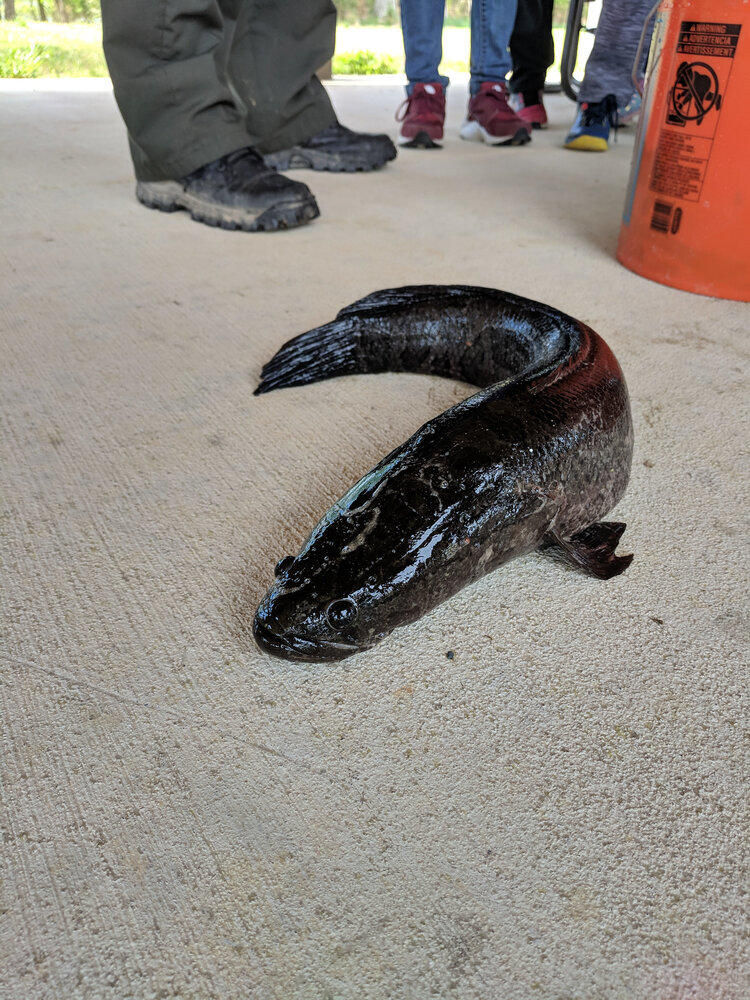 words, it can survive out of the water for several days. What’s more, the smaller and more agile young can actually wriggle across land for short distances to move from one body of water to another. A large fish that can reach 3 to 4 feet in length and can weigh as much as 18 pounds, the Snakehead can wreak havoc on native fish populations. It does not discriminate in its diet and will eat just about any smaller fish species, as well as frogs, crustaceans, and, on occasion, even small mammals or birds. There’s no question that Snakeheads can outcompete any of our native piscine fauna. Biologists went to enormous lengths to kill the few adult snakeheads–and their many fry (yup, they had bred)–found in Crofton that summer, only to find two years later than the species had also become established in the Potomac River drainage. Some estimates claim that they inhabited at least a 60-mile stretch of the Potomac and its tributaries within a decade. However . . . as ugly as it is–and as feared, initially–the Snakehead, it turns out, actually tastes quite good. In parts of Asia, it is considered a delicacy. Coupled with its large size, this appeal has made it an immediate favorite target of anglers–especially those who bowfish–in the Mid-Atlantic. The species continues to spread (likely aided by some self-interested fishermen) and can now be found in seven or eight different states, although Maryland remains its stronghold. And yet, while the media hype has died down (sadly, no new ‘Frankenfish’ movies are being made), the effects thus far have not been as ecologically catastrophic as once feared. Biologists still want the things out of here; in fact, as a species on the ‘injurious wildlife’ list, the Northern Snakehead cannot legally be transported across state lines or into the U.S. without a special permit. But, as long as anglers continue to keep the population relatively in check–whether their motivation be the sporting challenge of it or the desire to actually taste one–biologists have time to figure out the best strategy for managing, or even eradicating, this invasive predatory fish.
words, it can survive out of the water for several days. What’s more, the smaller and more agile young can actually wriggle across land for short distances to move from one body of water to another. A large fish that can reach 3 to 4 feet in length and can weigh as much as 18 pounds, the Snakehead can wreak havoc on native fish populations. It does not discriminate in its diet and will eat just about any smaller fish species, as well as frogs, crustaceans, and, on occasion, even small mammals or birds. There’s no question that Snakeheads can outcompete any of our native piscine fauna. Biologists went to enormous lengths to kill the few adult snakeheads–and their many fry (yup, they had bred)–found in Crofton that summer, only to find two years later than the species had also become established in the Potomac River drainage. Some estimates claim that they inhabited at least a 60-mile stretch of the Potomac and its tributaries within a decade. However . . . as ugly as it is–and as feared, initially–the Snakehead, it turns out, actually tastes quite good. In parts of Asia, it is considered a delicacy. Coupled with its large size, this appeal has made it an immediate favorite target of anglers–especially those who bowfish–in the Mid-Atlantic. The species continues to spread (likely aided by some self-interested fishermen) and can now be found in seven or eight different states, although Maryland remains its stronghold. And yet, while the media hype has died down (sadly, no new ‘Frankenfish’ movies are being made), the effects thus far have not been as ecologically catastrophic as once feared. Biologists still want the things out of here; in fact, as a species on the ‘injurious wildlife’ list, the Northern Snakehead cannot legally be transported across state lines or into the U.S. without a special permit. But, as long as anglers continue to keep the population relatively in check–whether their motivation be the sporting challenge of it or the desire to actually taste one–biologists have time to figure out the best strategy for managing, or even eradicating, this invasive predatory fish.
- Emerald Ash Borer — The same summer that Snakeheads were getting massive attention in Maryland, another, much smaller, Asian species was quietly wreaking havoc in a Michigan suburb of Detroit upon making its American debut. Suspected to have arrived on wooden packing material, this metallic
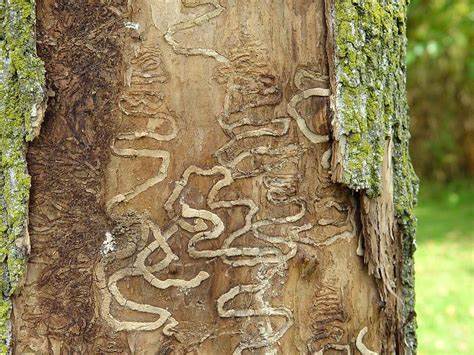 green beetle does little damage in its adult form. Its larvae, however, are highly destructive and specific to species of the genus Fraxinus, the Ashes. They burrow tunnels into the tree and feast on the inner bark layer (the cambium), which contains the phloem tissue. This disrupts the flow of nutrients from leaves to the rest of the plant, essentially starving the tree. The canopy begins to die back, bark becomes weakened and breaks off, and within a few seasons a mature 80-100 foot tree is lost altogether. In less than two decades, EAB’s, as they’re called, have spread all the way to the East Coast, across the eastern half of Canada, and west to the Rockies, with no signs of stopping there. They have killed hundreds of millions of Black, Green, and White Ash trees, leaving their future in North America in serious jeopardy. As Ash is one of the primary hardwoods used in the fabrication of furniture (and baseball bats!) and a popular fast-growing tree used in thousands of housing
green beetle does little damage in its adult form. Its larvae, however, are highly destructive and specific to species of the genus Fraxinus, the Ashes. They burrow tunnels into the tree and feast on the inner bark layer (the cambium), which contains the phloem tissue. This disrupts the flow of nutrients from leaves to the rest of the plant, essentially starving the tree. The canopy begins to die back, bark becomes weakened and breaks off, and within a few seasons a mature 80-100 foot tree is lost altogether. In less than two decades, EAB’s, as they’re called, have spread all the way to the East Coast, across the eastern half of Canada, and west to the Rockies, with no signs of stopping there. They have killed hundreds of millions of Black, Green, and White Ash trees, leaving their future in North America in serious jeopardy. As Ash is one of the primary hardwoods used in the fabrication of furniture (and baseball bats!) and a popular fast-growing tree used in thousands of housing 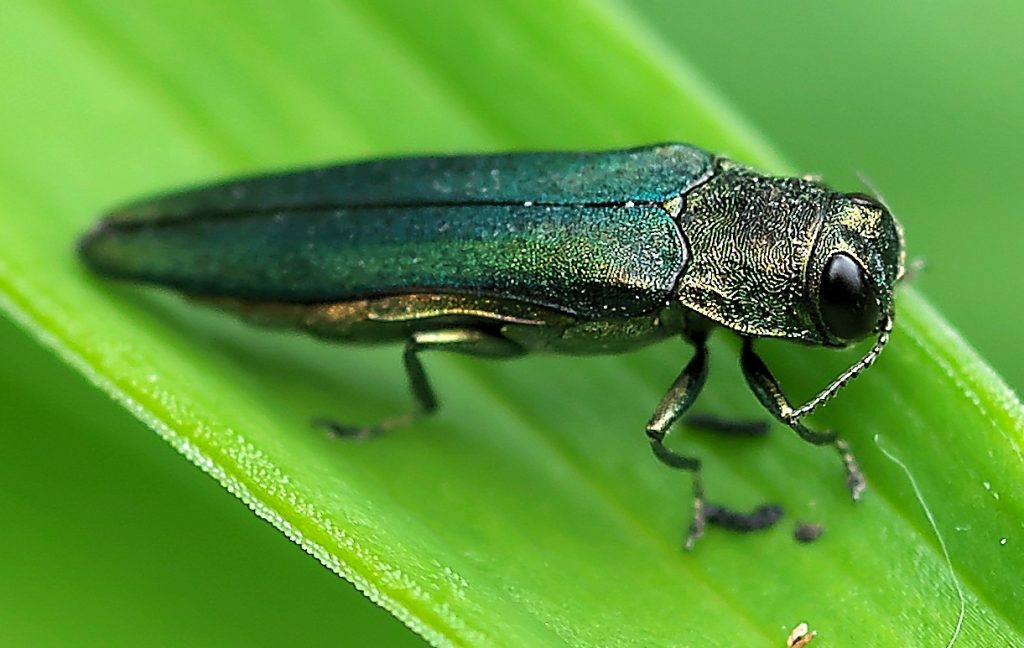 developments, the economic cost of these losses is staggering. Biologists have been throwing plenty of possible solutions (EAB-eating parasitic wasps, trunk injections and root drenching of insecticides, selective logging techniques) at the problem, but they seem to be losing the battle. To slow the spread, many heavily-infested areas have forbidden the transport of firewood from one place to another, for fear of moving the EAB to new locations. Time will tell how this plays out, but already homeowners throughout the eastern 2/3 of North America have lost many of their favorite shade trees and the plant community in many eastern forests is irreparably altered by this invasive pest.
developments, the economic cost of these losses is staggering. Biologists have been throwing plenty of possible solutions (EAB-eating parasitic wasps, trunk injections and root drenching of insecticides, selective logging techniques) at the problem, but they seem to be losing the battle. To slow the spread, many heavily-infested areas have forbidden the transport of firewood from one place to another, for fear of moving the EAB to new locations. Time will tell how this plays out, but already homeowners throughout the eastern 2/3 of North America have lost many of their favorite shade trees and the plant community in many eastern forests is irreparably altered by this invasive pest.
As if we needed another reminder in this era of seemingly endless coronavirus quarantine, our modern mobile lifestyle comes with a price. All of the aforementioned environmental crises were caused, some intentionally, others inadvertently, by people bringing critters from one part of the world, where they have evolved slowly into a well-defined niche within a greater ecosystem food web, to another, very distant place where they don’t belong. As such, they have no predators in this new locale and no biologically limiting factors to keep their numbers in check. And they wreak havoc. Sound familiar? The pandemic spread of a virus is, on a microbiology scale, the equivalent to the introduction of an invasive species, on a macro- scale. For millennia, the world was an enormous place in which lifeforms (reptiles, plants, germs, insects, . . . ) spread slowly. Just in the past century that has all changed, and the reason is us. We jet-set across oceans, pick up and move across the country, order items made in other parts of the world, and as we move about and interact at breakneck speed, it’s inevitable that other organisms (perhaps very undesirable ones) will hitchhike along with us. As we’re seeing at present, this period of sheltering at home has momentarily slowed that process; it’s yet another in a long line of lessons learned in the spring of 2020. –BR

